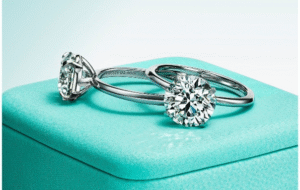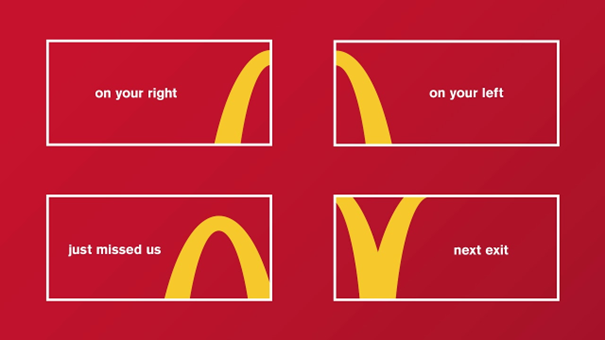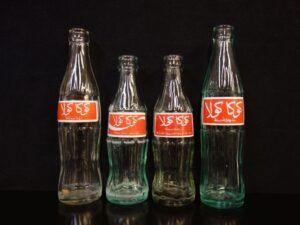Insights
Summer, sun, and… Brand recognition
Why strong brand assets always work

There are many ways to build brand assets. Consider these seven types:
- Slogans or phrases
A strong line sticks and immediately calls a brand to mind. Think Just do it from Nike or What else? from Nespresso. - Colours
Some colours are so strongly linked to a brand that a single glance is enough. Like the patented blue of Tiffany & Co.

- Typography
A unique typeface shapes a brand’s personality. You’d recognise the Disney wordmark even if it were used in a completely different word. - Shapes
Shapes can also be distinctive. Think of the Toblerone pyramid, the iconic Absolut Vodka bottle, or McDonald’s golden arches. - Rituals or brand experiences
Some brands are recognised by the way they’re used. Think of unboxing an Apple product, dipping an Oreo in milk, or Biscoff with coffee. - Sounds or jingles
Audio cues often stick subconsciously. McDonald’s ba-da-ba-ba-ba, the sound of a receipt printing at Albert Heijn, or the Netflix intro tune are great examples. - Characters or familiar faces
A mascot or ambassador can give a brand a recognisable face. Think Mr. Clean, George Clooney for Nespresso, or the little bee from Honey Pops.


